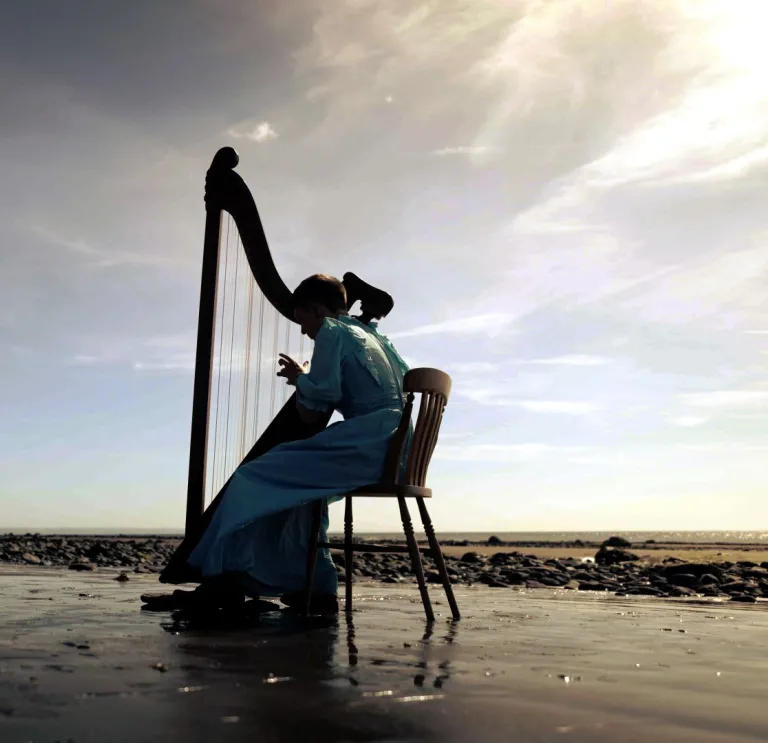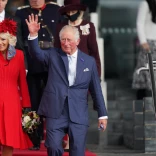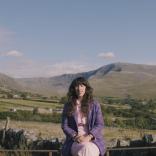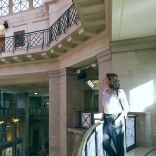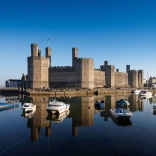It's an emblem of Wales on par with St David, the daffodil and the red dragon. But how did the harp come to be our national instrument?
The answer may surprise you. The Welsh harp – or triple harp – actually arrived in the UK during the 1600s. It came from Italy, as one of many famous Italian inventions that have been warmly welcomed into Welsh culture.
We spent some time with Cerys Hafana, a triple harpist from Mid Wales, to find out more about the national instrument of Wales. She spoke to Llio Rhydderch, recognised as the foremost exponent of the Welsh triple harp today.
Cerys also caught up with Rhys Lewis from Derwent Harps. This Ceredigion-based business has been experiencing a boom in demand for its instruments since the Welsh Government launched The National Music Service, a £13.5 million programme that ensures every child in Wales can benefit from an education in music, regardless of their background.
History of the harp: how did it come to Wales?
The triple harp is so-called for its three rows of strings rather than one, which allows the harpist to play chromatic notes without levers or pedals. It originated in Italy as a baroque instrument before spreading across Europe, and was used by Monteverdi and later by Handel in their compositions.
The triple harp arrived in London in the 17th century. It was adopted by Welsh Londoners – who, Cerys explains, 'took immediately to its complexity and continental mystique. These musicians took the instrument back to Wales, where it became very popular in Meirionnydd (a historical region in northeast Wales).
By the middle of the 18th century, the triple harp fell out of fashion across the rest of Europe. But in Wales, it continued to be produced and played – thanks in part to its popularity in our eisteddfodau, or festivals. It was crowned as the Welsh harp by the antiquarians of the period, its actual history conveniently forgotten.
How does the Welsh harp sound, you ask? In a word: bellissimo.
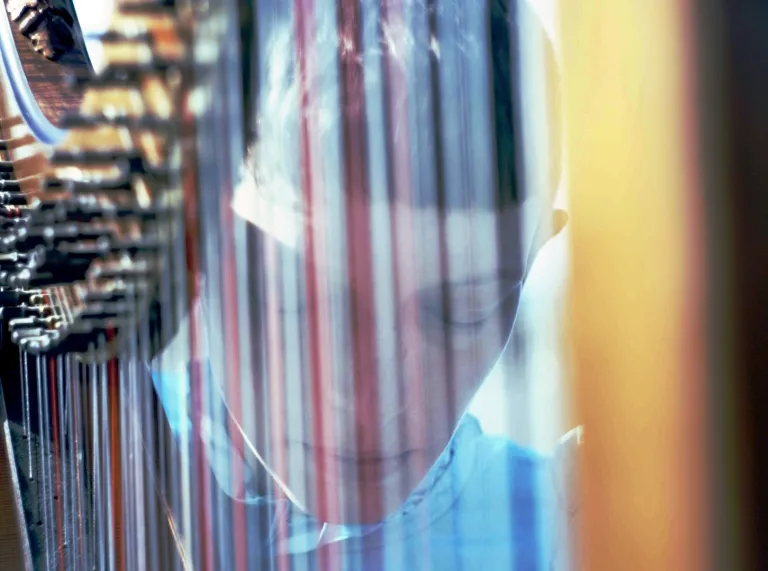
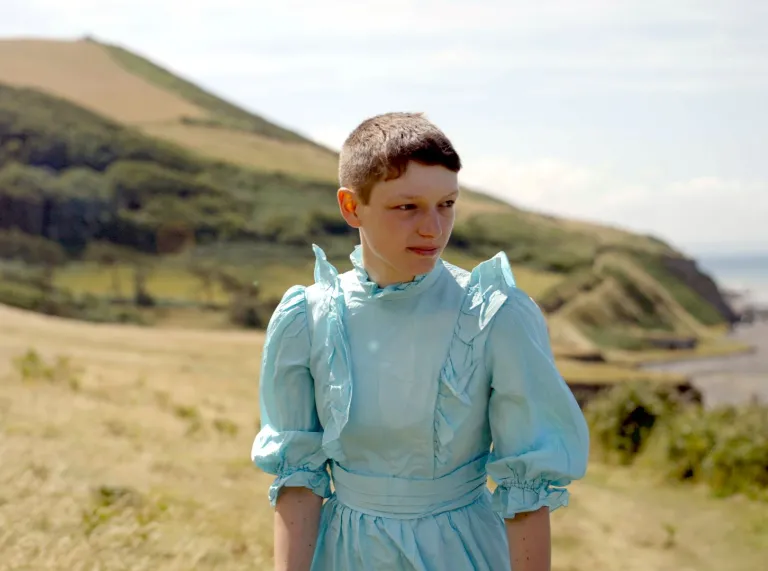
The national anthem
If you want more proof of how embedded the harp is in our musical lexicon, look no further than the Welsh national anthem, which was written by a harpist. The song titled Hen Wlad Fy Nhadau (Land of my Fathers) was written in 1856 by a father and son living in the south Wales town of Pontypridd, Evan and James James. The younger James, a harpist who often played in the inns of his home town, is said to have composed the music while walking along the banks of the River Rhondda. Returning home, he asked his father to write some words to accompany the tune.
Cerys HafanaWales is the only Celtic country with an unbroken tradition of harp playing that goes back for centuries.
Playing to royalty
The harp was so popular during 1800s a position was dedicated to it within the Royal Household – that of Royal Harpist. The role was granted to John Thomas in 1871 by Queen Victoria, but then fell vacant until it was revived by Prince Charles, the current Prince of Wales.
The full title of the role today is Official Harpist to the Prince of Wales. Since 2000, six harpists have held this position. The incumbent, Alis Huws, completed an undergraduate degree and master's at the Royal Welsh College of Music and Drama. All the Royal Harpists have so far been Welsh.
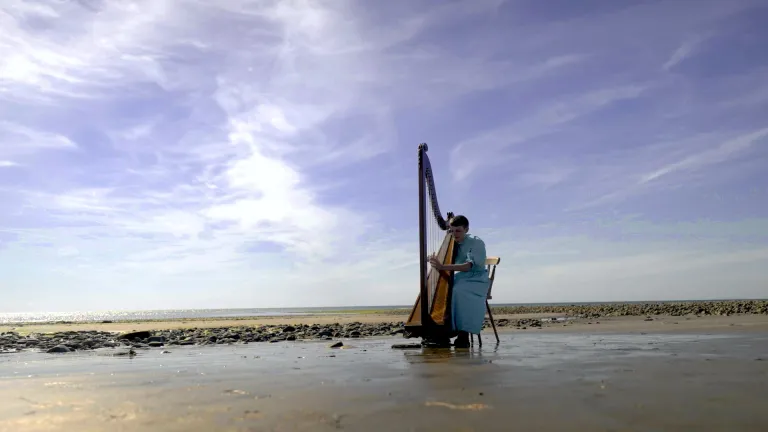
Hearing the harp today
The best place to hear Welsh harps in full voice is at an eisteddfod. The nation's best players compete each year at the National Eisteddfod – both as soloists and with vocal accompaniment (a form of music known as cerdd dant). For the most promising up-and-coming talent, look to the yearly Urdd Eisteddfod, run by Wales' national youth movement, Urdd Gobaith Cymru. The standard of playing is astonishingly high. Both festivals are broadcast on S4C, and performances are available for streaming on YouTube.
It's also worth checking out the World Harp Congress, an organisation that promotes harp music across the globe with a festival every three years. Cardiff hosted the Congress in 2022, following such cities as Dublin, Prague, Geneva and Sydney. Delegates and harp enthusiasts enjoyed a packed programme of recitals, concerts, masterclasses and workshops, and many highlights can be seen online.
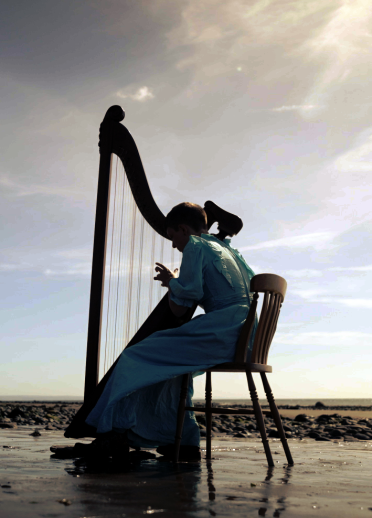
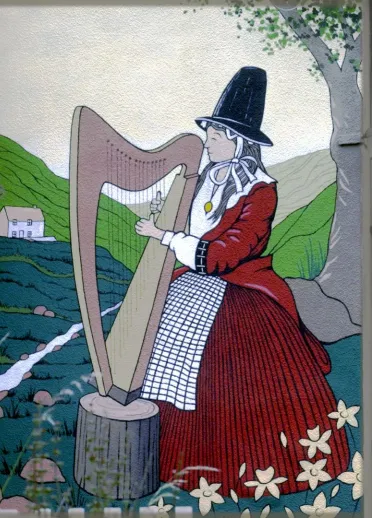
The harp and the world
Today, the Welsh harp is enjoying a resurgence in interest, partly thanks to the recently (re-)created Royal position and the work of modern musicians such as Cerys Hafana and Georgia Ruth.
One of the most famous Royal Harpists is Catrin Finch, an internationally renowned artist whose musical career has seen her collaborating with Senegalese kora player Seckou Keita and Colombian supergroup Cimarrón, among others.
As Cerys says of Llio Rhydderch and her unique compositions – 'sometimes more punk than folk' – it's this mixture of ancient and modern that makes the ongoing story of the Welsh harp such a compelling one. Our musical traditions are to be cherished, celebrated and passed on, but they never stand still. Through contact with other cultures, they'll always keep evolving into something new and surprising.
